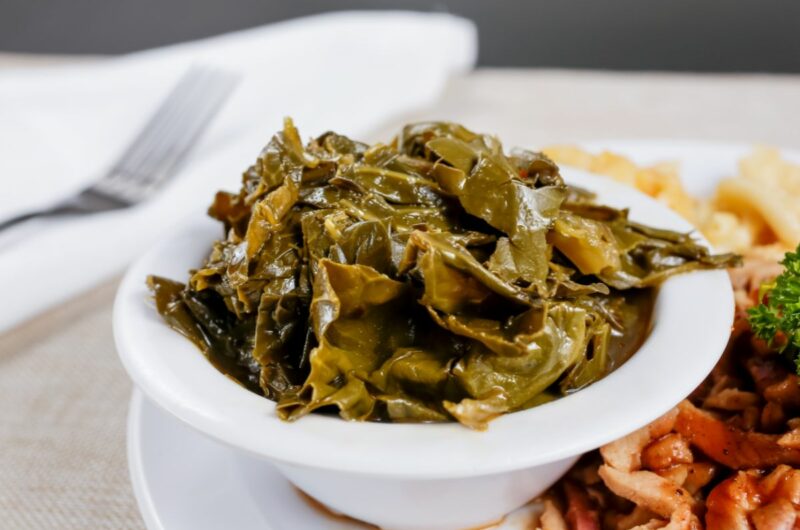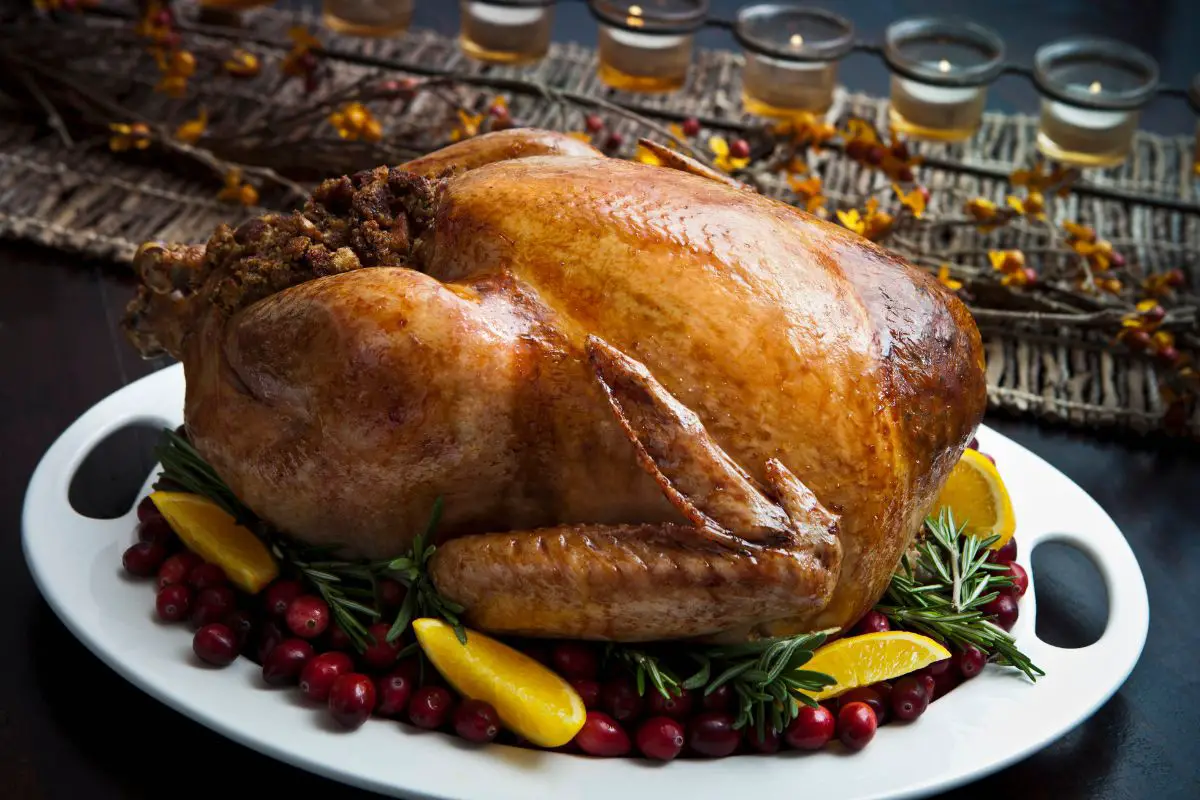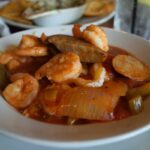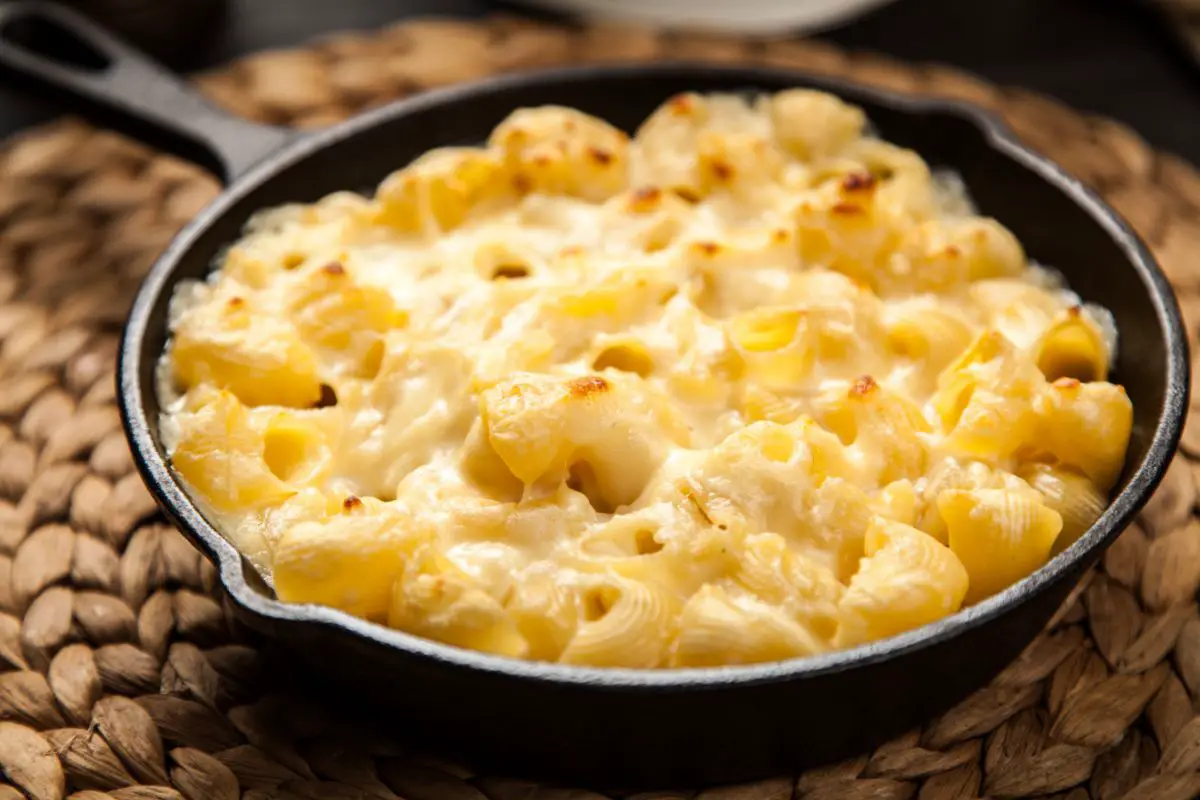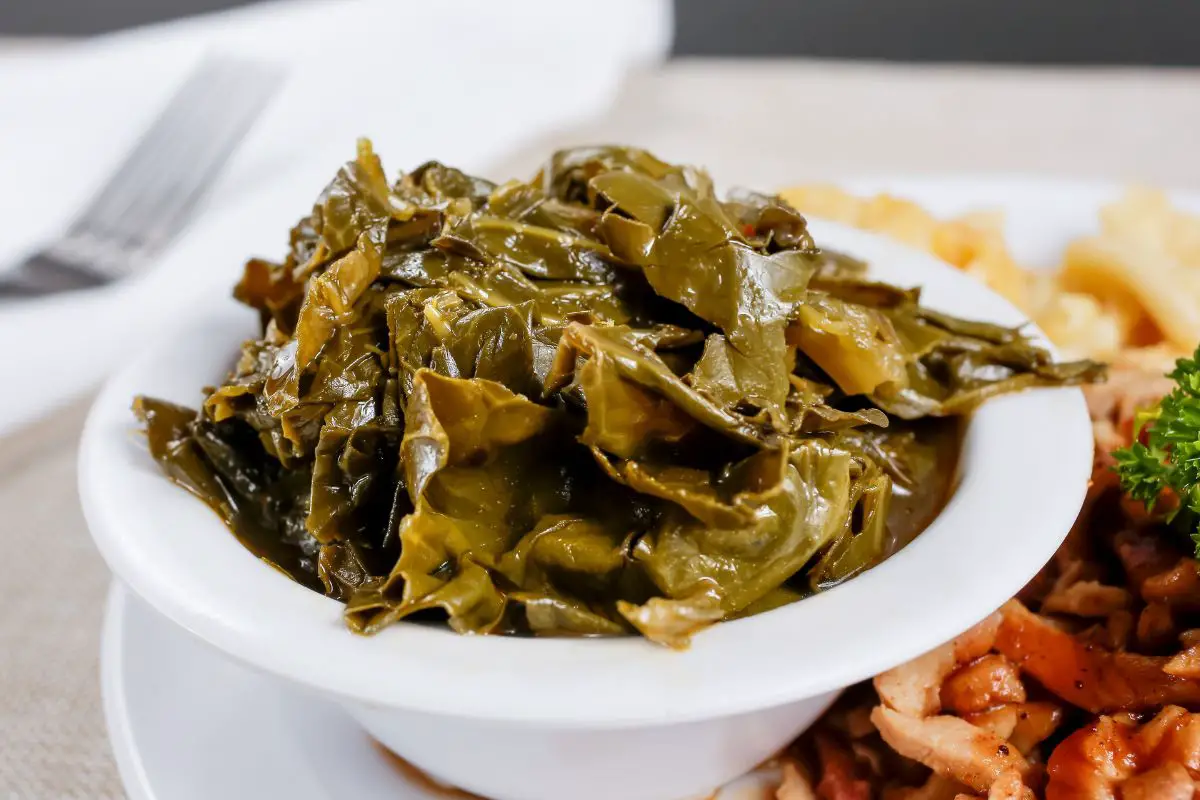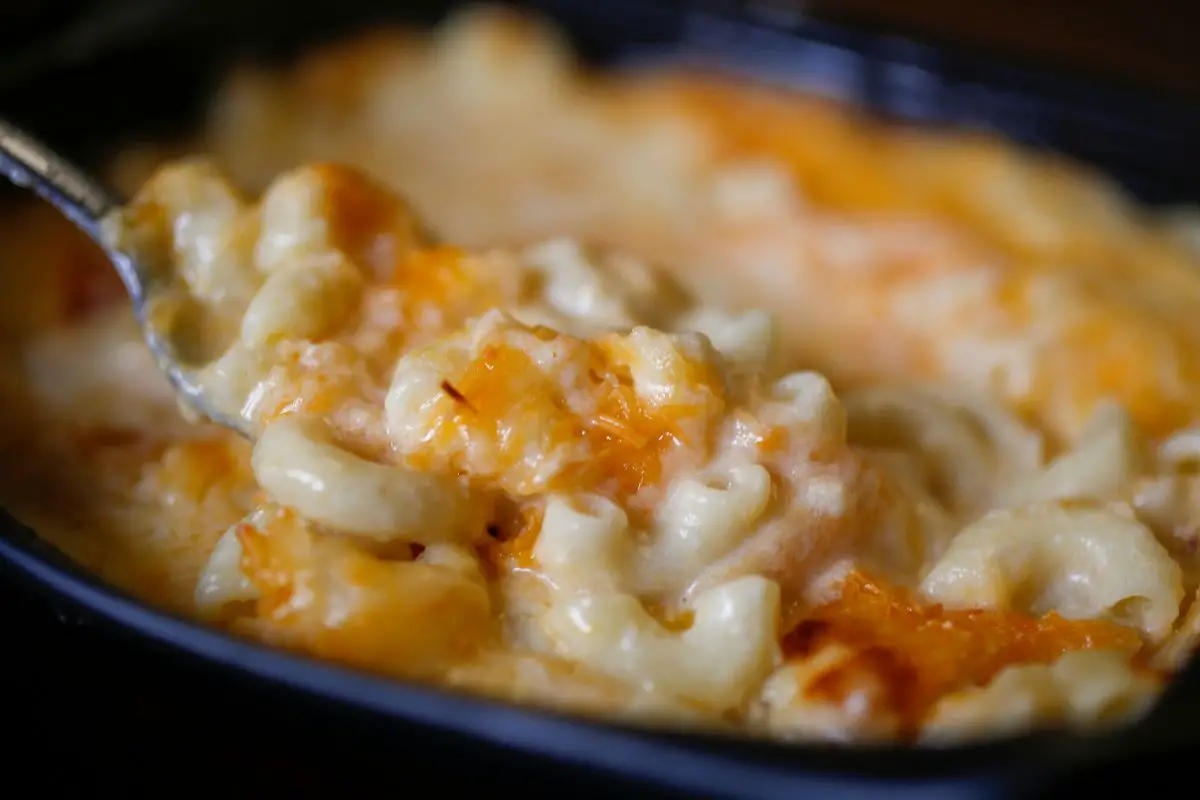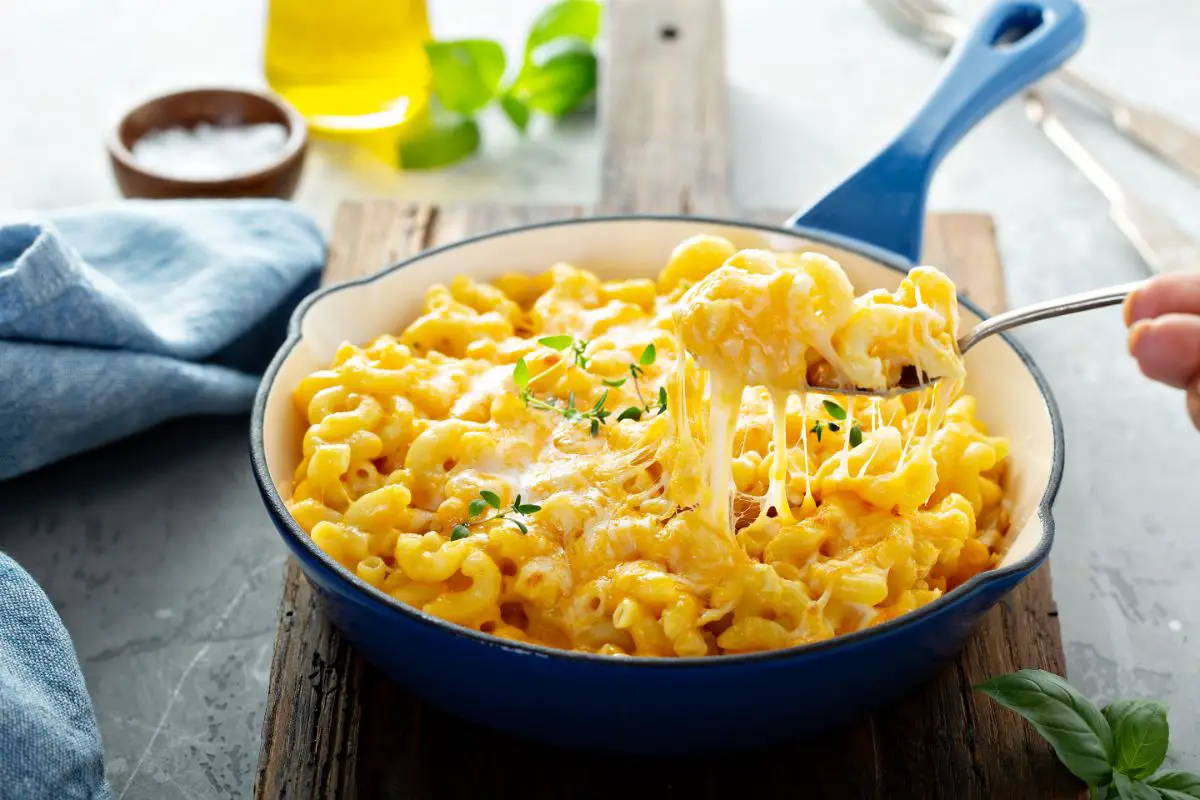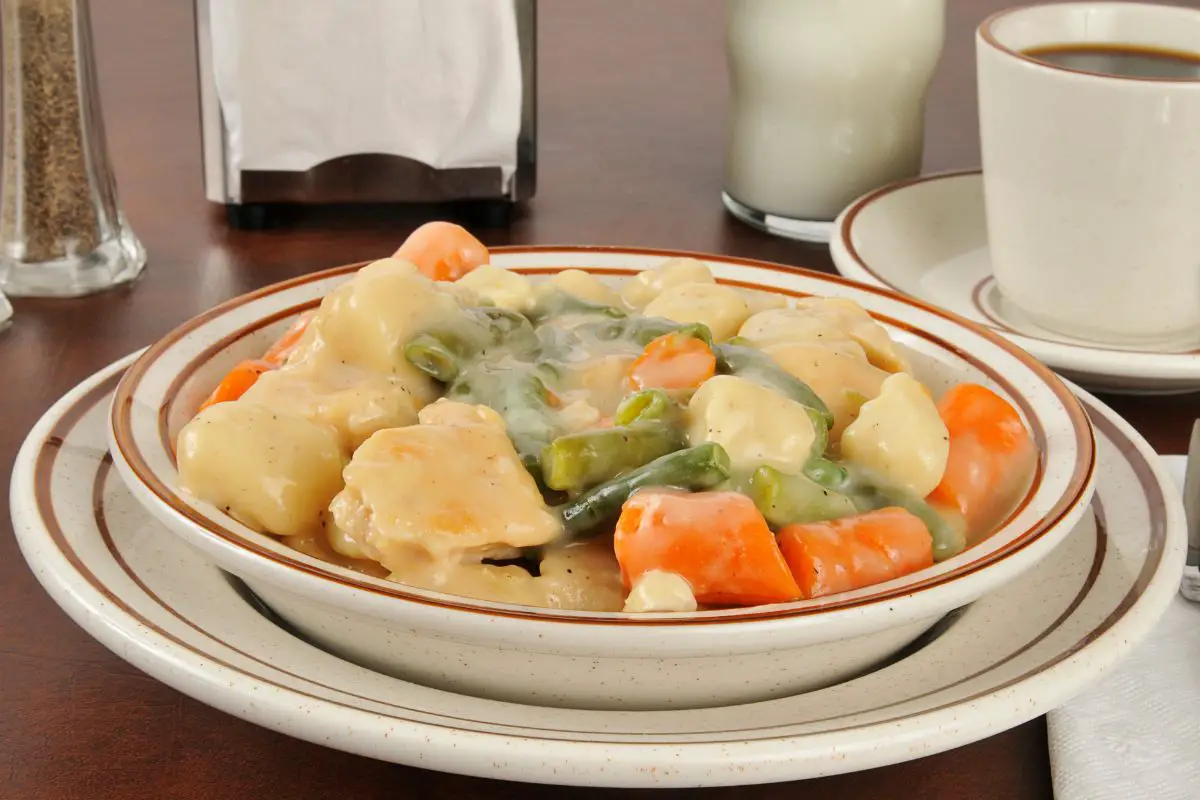Leah Chase’s collard greens are a staple in the realm of Southern cuisine, embodying the rich history and soulful essence of traditional cooking.
This dish, with its deep flavors and hearty greens, serves as a testament to the culinary expertise and cultural heritage Leah Chase brought to the kitchen.
Cooking these greens according to her recipe is not just about following steps; it’s about embracing a piece of Southern history and understanding the significance of each ingredient and method used.
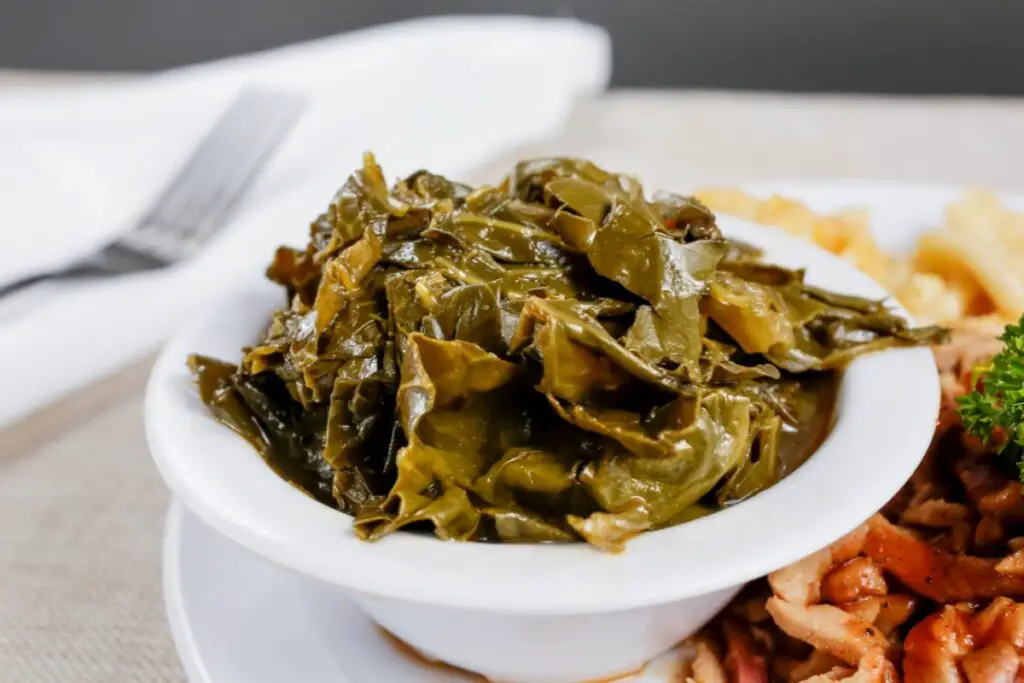
In this article, we’ll explore how to make Leah Chase’s collard greens, what to serve them with, adaptations for modern kitchens, and even a bonus recipe for stewed southern leafy greens.
Let’s get stuck in for a true taste of the South!
Leah Chase’s Collard Greens
Leah Chase’s method for preparing collard greens is both simple and profound, highlighting the importance of tradition and flavor.
Starting with 4 pounds of fresh turnip or collard greens, the recipe emphasizes the need for thorough cleaning and removing bitterness, a crucial step in achieving the perfect taste.
The greens are initially boiled for a brief two minutes and then rinsed to discard the bitter water, showcasing Chase’s understanding of how to manipulate flavors.
The subsequent step involves simmering the greens in fresh water along with a piece of fatback or streak-o’-lean, which is carefully cut to infuse the dish without disintegrating into the broth. This process, lasting between two to three hours, is where the magic happens.
The slow cooking allows the flavors to meld beautifully, creating a rich and comforting dish.
Seasoning the dish with salt and freshly ground black pepper to taste is the final touch, allowing each cook to tailor the dish to their preference.
Serving Leah Chase’s collard greens is an experience in itself. The greens can be presented with their juices, affectionately known as “pot likker,” which can be enjoyed separately as a soup, accompanied by cornbread.
But we’ll talk about serving and accompaniments a little more below.
What To Serve With Leah Chase’s Collard Greens
Leah Chase’s collard greens are incredibly versatile and can be paired with a wide array of dishes to create a fulfilling meal.
Traditional accompaniments include fried chicken, catfish, or pork chops, offering a balance of textures and flavors that complement the tender greens.
For a more comprehensive Southern experience, adding sides like macaroni and cheese, black-eyed peas, or candied yams can elevate the meal further, providing a hearty and satisfying dining experience.
Cornbread, with its slight sweetness, acts as the perfect foil to the savory and slightly bitter notes of the collard greens.
Additionally, incorporating rice or grits into the meal can offer a comforting base, absorbing the rich flavors of the “pot likker.”
When planning a meal around Leah Chase’s collard greens, consider balance, texture, and how each component will come together to create a harmonious and memorable dish.
Adaptations To Leah Chase’s Collard Greens
While Leah Chase’s original recipe for collard greens is time-honored, there are several adaptations that can be made to accommodate modern tastes and dietary restrictions.
For those looking to reduce the dish’s fat content, turkey necks or smoked turkey wings can replace the fatback, offering a leaner option without sacrificing flavor.
Vegetarians and vegans can omit the meat altogether, using smoked paprika or liquid smoke to impart a similar depth of flavor.
Another adaptation involves the cooking time; if you’re pressed for time, a pressure cooker can significantly reduce the cooking process while still yielding tender greens.
Additionally, for those who prefer a bit more heat, adding a diced jalapeño or a splash of hot sauce can introduce an appealing spice level that complements the greens’ natural flavors.
Bonus Recipe: Stewed Southern Leafy Greens
Expanding beyond Leah Chase’s collard greens, the stewed southern leafy greens recipe offers a delightful variation.
This dish combines collard greens, kale, mustard greens, and turnip greens, creating a complex flavor profile enriched by the diversity of the greens.
The process begins with sautéing a small white onion in olive oil, to which garlic and onion powder are added for foundational flavors.
The greens are then introduced in batches, wilting down to make room for the rest. Chicken stock is added, and the dish is brought to a boil, with hot yellow peppers introduced for a customizable level of heat.
After simmering for approximately 1 1/2 hours until tender, a teaspoon of white vinegar is stirred in, providing a bright contrast to the hearty greens.
This dish, like Leah Chase’s collard greens, can be adjusted for heat and seasoning, making it a versatile and nourishing addition to any meal.
Final Thoughts
Leah Chase’s collard greens and the bonus recipe for stewed southern leafy greens offer a rich culinary experience deeply rooted in Southern tradition and flavor.
Whether you’re a seasoned cook or new to Southern cuisine, these recipes provide a delicious way to explore the depth and diversity of this comfort food.
By following Chase’s methods and considering the suggested adaptations, you can bring a piece of Southern history to your table, creating meals that are not only nourishing but also culturally significant.
You may also like to take a look at Leah Chase’s recipe for eggplant or her amazing fish and artichokes dish.
Frequently Asked Questions
Collard greens have a rich history in Southern cooking, often associated with wealth and fortune, especially when eaten on New Year’s Day alongside black-eyed peas and cornbread. The greens are said to represent money; thus, eating them is believed to bring financial prosperity in the coming year.
Boiling the collard greens briefly and then discarding the water, as Leah Chase’s recipe suggests, is a traditional method for reducing bitterness. Additionally, the addition of a bit of sugar or baking soda during the cooking process can also help neutralize bitter flavors.
It’s recommended to soak collard greens in water for about 30 minutes before cooking. This soaking period helps to remove dirt and grit from the leaves. After soaking, rinse the greens thoroughly under running water to ensure they are clean before cooking.
How To Make Leah Chase’s Collard Greens
Course: Other Recipes4
servings30
minutes40
minutes300
kcalDirections
- Select a recipe
- Gather your ingredients
- Prepare your greens
- Enjoy.
Recipe Video
https://www.youtube.com/watch?v=W0vOjBSYgwcVideo can’t be loaded because JavaScript is disabled: Gumbo Collard Greens 🥬 #recipe #gumbocollardgreens (https://www.youtube.com/watch?v=W0vOjBSYgwc)- 16 Martha Stewart Baking Recipes You Have To Try - May 29, 2024
- 19 Of The Best Martha Stewart Cake Recipes Ever - May 28, 2024
- How To Make A Tasty Ina Garten Red Velvet Cake At Home - May 24, 2024

